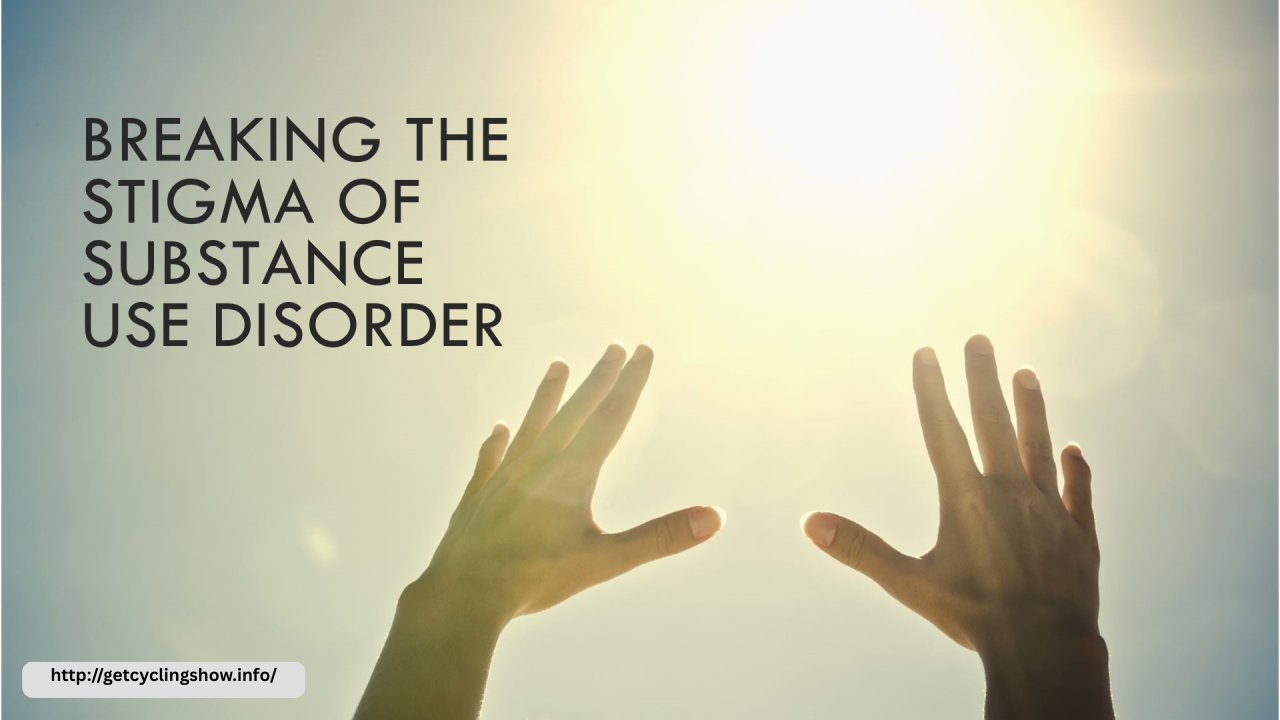
Substance use disorders (SUDs) are complex medical conditions that affect millions of individuals and families across the globe. Despite the widespread impact, stigma surrounding addiction remains a major barrier to treatment and recovery. Dispelling myths and understanding the truth about substance use disorders is crucial in supporting those affected and fostering a more compassionate and effective approach to care.
Understanding Substance Use Disorders
A substance use disorder is a chronic disease characterized by the compulsive use of drugs or alcohol despite negative consequences. Like other chronic illnesses such as diabetes or heart disease, SUDs involve changes in brain chemistry and function, particularly in areas related to reward, decision-making, and impulse control.
It is important to note that addiction is not a moral failing or a lack of willpower. It is a medical condition influenced by a combination of genetic, environmental, and psychological factors.
The Impact of Stigma
Stigma refers to negative attitudes, beliefs, and behaviors directed toward individuals with substance use disorders. It can take many forms, including discrimination, judgment, and social exclusion. Stigma contributes to feelings of shame, isolation, and hopelessness, often deterring individuals from seeking help.
- Barriers to Treatment: Many people avoid or delay treatment because they fear judgment from family, employers, or society. This can result in worsening health, prolonged addiction, and increased risk of overdose.
- Misconceptions and Stereotypes: Common myths—such as the belief that people with addiction are weak, dangerous, or untrustworthy—contribute to stigma and misunderstanding. These stereotypes ignore the reality that addiction can affect anyone, regardless of age, background, or socioeconomic status.
- Internalized Shame: Individuals with SUDs may internalize negative messages, leading to low self-esteem and reluctance to seek recovery. This self-stigma can be as damaging as external discrimination.
Breaking the Stigma
Changing public perception and promoting empathy are key steps in addressing the stigma around substance use disorders.
- Education and Awareness: Providing accurate information about addiction as a medical condition helps dispel myths and reduce fear. Community education programs, public service announcements, and school curriculums can play a role in shaping understanding.
- Language Matters: The way we talk about addiction can reinforce or reduce stigma. Using person-first language (e.g., “person with a substance use disorder” instead of “addict”) emphasizes the individual rather than the condition and promotes dignity and respect.
- Support and Advocacy: Supporting policies that expand access to treatment, protect patient rights, and promote recovery-oriented services can reduce systemic barriers. Advocacy from individuals with lived experience also helps change hearts and minds.
- Promoting Recovery Stories: Sharing personal stories of recovery helps humanize the issue and shows that healing is possible. These narratives offer hope and challenge negative stereotypes.
Conclusion
Substance use disorders are treatable conditions, not moral defects. Breaking the stigma requires a collective effort to educate, empathize, and advocate. By fostering understanding and compassion,